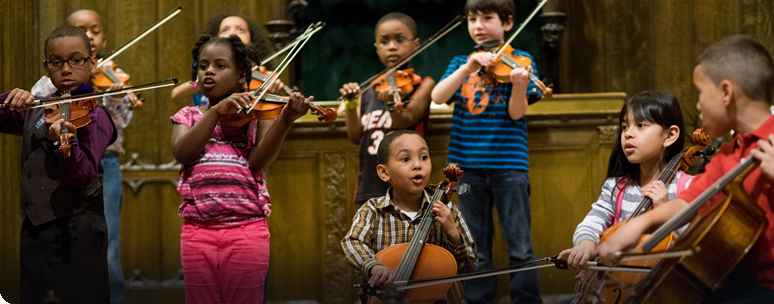The Range and Layers of Franck’s Violin Sonata The Sonata for Violin and Piano by César Franck was originally written in 1886 for the violinist Eugène Ysaÿe, and presented to him on the day of his wedding (which, after a quick rehearsal with a pianist friend, he performed for all of his wedding guests!). Ysaÿe was a champion of this piece for 40 years afterwards and, not only has it long outlived the violinist’s career, it is a piece that has become a revered and central piece of the violin repertoire. This piece holds a special place in my heart, as it was a piece that I learned and studied with my late teacher, Eric Rosenblith. I learned many things from Rosenblith, but one of the larger takeaways that has stayed with me was the utter commitment to exploring and understanding the composer’s intention and attempting to bring that to life in the performance of a piece. Rosenblith lived and breathed every piece he played and always tried to understand a piece to its very core. I had the chance to hear him perform the Franck Sonata several times while I was a student and I strongly associate this piece with him, even as my own interpretation of it has continued to evolve over the years.  Why is it so great? There are exquisitely beautiful and heart-wrenching melodies in both violin and piano lines throughout the piece; also the way the two lines interweave and play off each other is frankly, brilliant. My friend and collaborator Eliko and I have been talking about how different this piece feels from pieces of the more Germanic Romantic era composers like Brahms, Rachmaninov or Chopin because of the special way Franck writes and uses harmony. The piece is in cyclic structure, which simply is a compositional technique where movements are tied together by common thematic material. Themes return in successive movements throughout the piece, though often slightly varied. The way that Franck brings back themes whether in direct quotes or in shades of the original is ingenious, and ties the whole piece together. While there are very clear emotional climaxes in the piece and a strong form and structure, there is also a layering that is nuanced and subtle and it calls to mind the qualities of French Impressionism: blurred, soft edges and colors in so many hues that you almost don’t notice or realize how the colors have changed as you look at an image. Franck is able to capture an awesome range of emotional states–from the most innocent and ruminative to the brightest joy and passion to the dejection and hopelessness of our darkest moments.
A special quality of musical study is understanding the lineages that are passed along by our teachers. For a time, Rosenblith studied with the great Polish violinist Bronislaw Huberman, who himself was a contemporary of Ysaye’s. Huberman was known to have called the Franck Sonata “a metaphysical piece,” which captures another dimension—that while the music has a great human and emotional range, perhaps its meaning also lies in its simple wholeness. –Minna Choi Join us Thursday as Minna and Eliko perform this piece as part of our popular Sonata Series Event. Also on the program: Violist Chloë Kline and Eliko Akahori perform Marcelle Soulage’s Viola Sonata Op. 25. Thursday, January 17 at 7pm |
